 Collection of Plant Pathogenic Viruses (VURV–V), CARC, v. v. i., Praha Collection of Plant Pathogenic Viruses (VURV–V), CARC, v. v. i., Praha
Cataloging of viral isolates has started with viruses kept in Crop Research Institute Prague in the eightieths of the last century. The collection has expanded as the number of isolates and solved projects has grown. On 1 January 2025 the Crop Research Institute (CRI), v. v. i. was renamed the Czech Agrifood Research Center (CARC).
• Characterization of collection
In the collection, there are maintained economically important viruses of cereals, vegetables, fruit trees, hop and grapevine. The collection contains 93 different strains and isolates of plant viruses and three isolates of European stone fruit yellows phytoplasma (ESFY). The total number of the collection items changes as new isolates are collected from the nature.
The collection contains Agropyron mosaic virus, Alfalfa mosaic virus,
Apple chlorotic leaf spot virus, Apple mosaic virus, Apple stem grooving virus, Apple stem
pitting virus, Arabis mosaic virus, Barley yellow dwarf virus, Bean common
mosaic virus, Beet chlorosis virus, Beet yellows virus, Broad bean wilt virus-1, Broad bean
wilt virus-2, Brome mosaic virus, Cauliflower mosaic virus, Cherry leaf roll virus,
Cocksfoot streak virus, Cucumber mosaic virus, European mountain ash ringspot-associated virus,
Grapevine fleck virus, Grapevine leafroll-associated virus 1-A,
Grapevine leafroll-associated virus 1-B, Grapevine rupestris vein feathering virus,
Grapevine virus A, Grapevine virus B, Hop mosaic virus, Lettuce
mosaic virus, Lolium latent virus, Myrobalan latent ring spot virus, Oat
necrotic mottle virus, Pea enation mosaic virus, Pepper mild mottle virus, Pleione flower breaking
virus, Plum pox virus, Potato potyvirus Y, Prunus necrotic ringspot virus, Rupestris stem pitting associated virus, Ryegrass mosaic virus, Squash mosaic virus, Strawberry latent ring spot
virus, Tobacco ringspot virus, Tomato aspermy virus, Tomato mosaic
virus, Turnip mosaic virus, Turnip yellow mosaic virus, Watermelon
mosaic virus 2, Wheat dwarf virus, Wheat streak mosaic virus a Zucchini
yellow mosaic virus.
• Activities, services
Individual isolates of the collection are used by an expert diagnosis as comparative standards. They are used for research work e.g. for testing resistant plants and offered to other institutions. The isolates are gradually characterized by the use of molecular biological methods.
• Methods of culture maintenance
Plant viruses are stored dried in host plant leaves at 2-6 °C. Some of them are preserved frozen in leaves at -70 °C, by freeze-drying and freezing in liquid nitrogen. Viruses which lose their infectiousness by drying or freezing are maintained and regularly inoculated to new indicator plants mechanically or by the use of insects like aphids (Myzus persicae, Rhopalosiphum padi) or a leafhopper (Psammotettix alienus). Infected plants are maintained in isolated greenhouse compartments or on woody plants in a screen house.
• System of quality
Individual isolates of the collection are inoculated to new host plants separately in isolated greenhouse compartments at a different terms to avoid any mixing or replacement of the collection items. The worker responsible for a consign virus probes the virus presence in a plant by evaluating symptoms on indicator plants, ELISA, RT-PCR and an electron microscopy.
Plants infected by any quarantine virus can be maintained only in a special isolated quarantine greenhouse. This viruses can not be exchanged between institutions.
• Membership
The collection workers are members of European Plant Protection Organization, Panel on Fruit Tree Viruses, International Council for the Study of Virus and Virus-like Diseases of the Grapevine, Temperate Fruit Virus Working Group, International Society for Horticultural Science (ISHS), International Working Group on Legume and Vegetable Viruses, Small Fruit Virus Working Group, Plum Pox Working Group, European Foundation for Plant Pathology, International Foundation for Science - Stockholm, International Society for Horticultural Science, European Association for Research on Plant Breeding (EUCARPIA), Julius Kühn-Institut (JKI) Bundesforschungsinstitut für Kulturpflanzen, Quedlinburg.
Catalogue
Application:
• Application of strains
The isolates of the collection are used as positive standards by diagnosis of cereal, vegetable, fruit tree and grapevine viruses. They are no substitutable at this function by the correct expert diagnosis.
They serve as a source of infectious material for testing possibly resistant plants, evaluating the immunity against plant viruses and for diagnosis by the comparison of symptoms on indicator plants. The viral isolates are used for solving of a research work.
Samples of the isolates of the collection are available to other research and diagnostic institutions of the Czech Republic.
• Customers
- Czech University of Life Sciences Prague,
- Mendel University in Brno, ZF Lednice,
- Research and Breeding Institute of Pomology Holovousy Ltd. s.r.o.,
- SEMO Smržice,
- research workers of CARC
Contact:
Czech Agrifood Research Center
Drnovská 507
161 00 Praha 6 – Ruzyně
https://www.carc.cz/
Staff:
Ing. Jana Brožová, Ph.D.(curator)
e-mail: jana.brozova@carc.cz, tel: +420 233 022 388
Ing. Lucie Slavíková
e-mail: lucie.slavikova@carc.cz, tel. +420 233 022 492
|
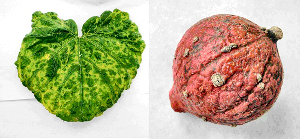 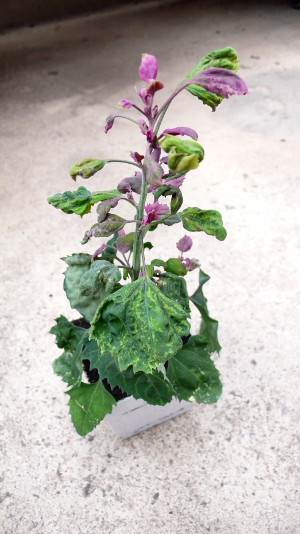 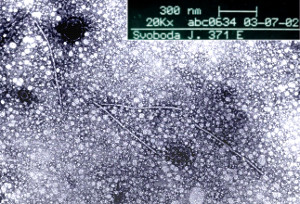 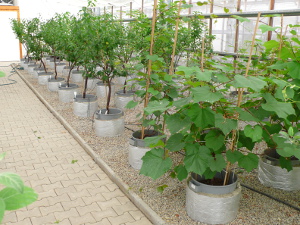 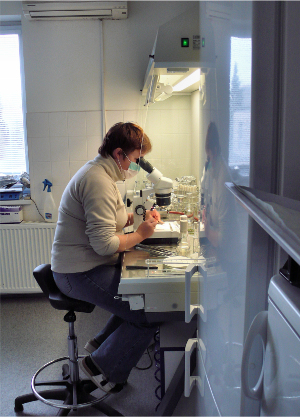 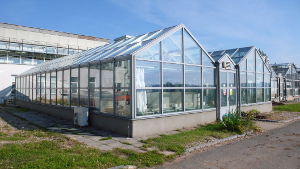 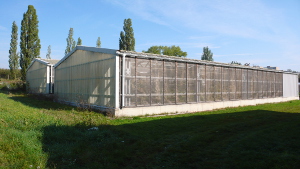
|









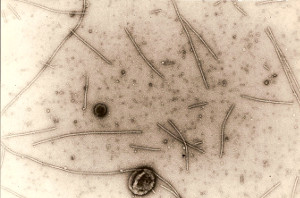
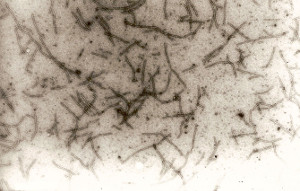
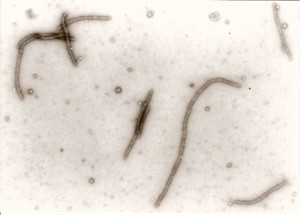
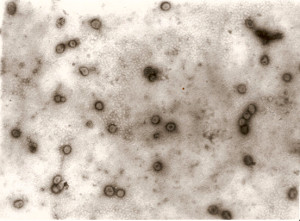
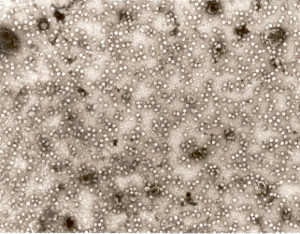
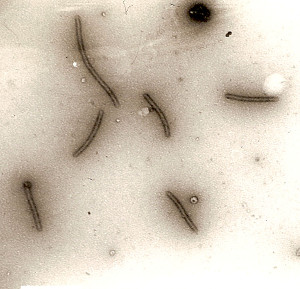
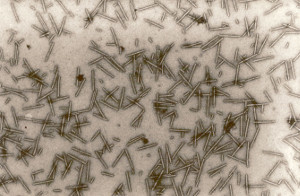
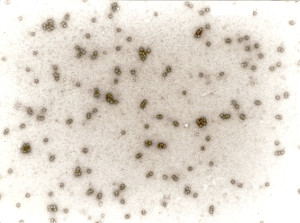
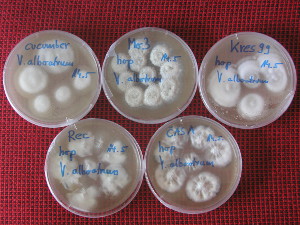
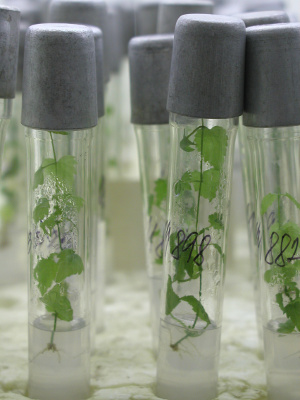
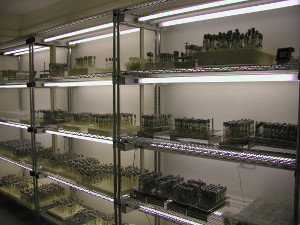
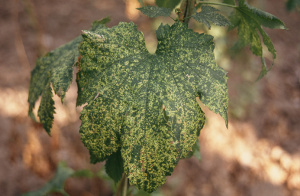
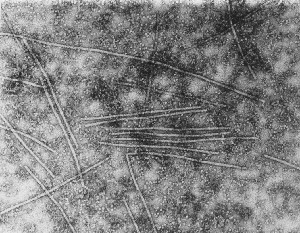
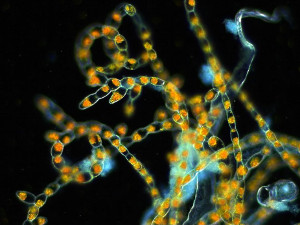
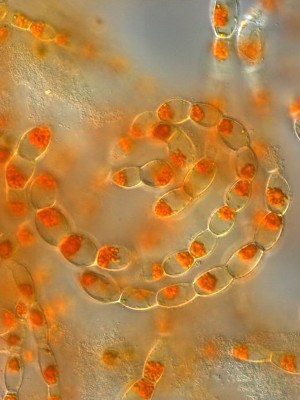
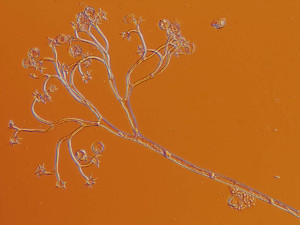
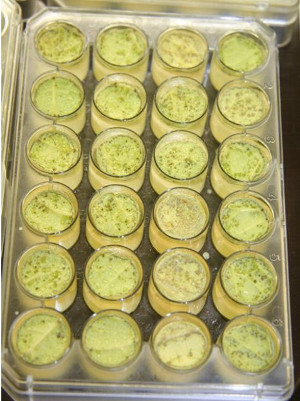
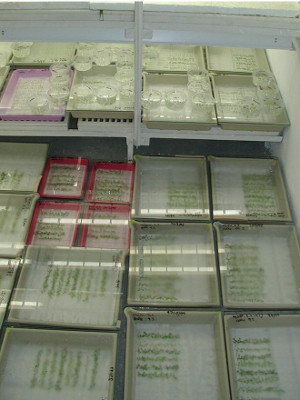
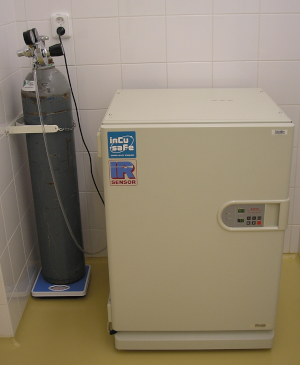
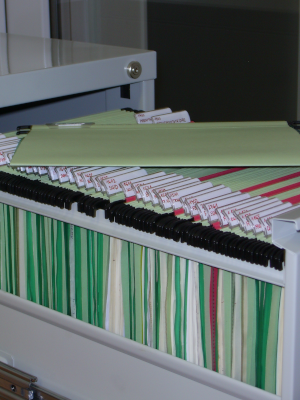
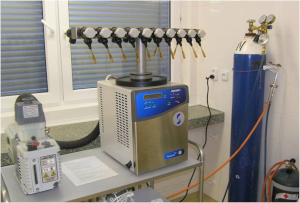
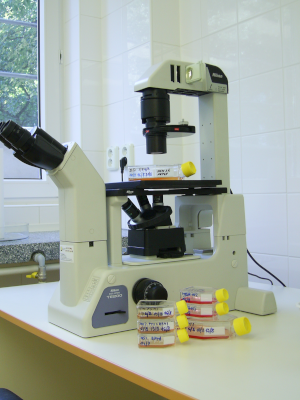
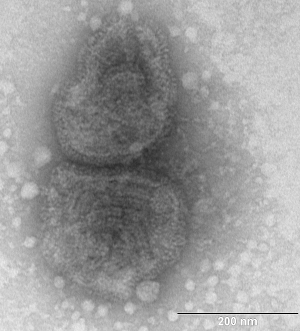
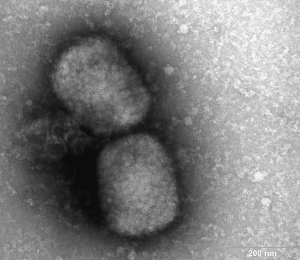
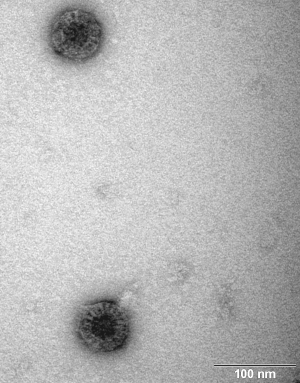

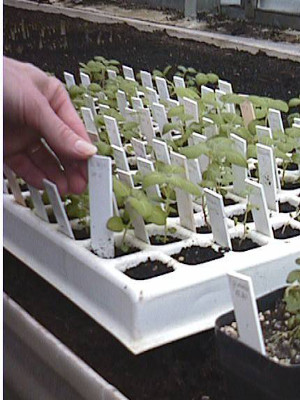
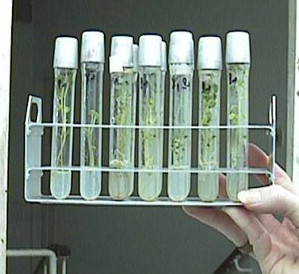
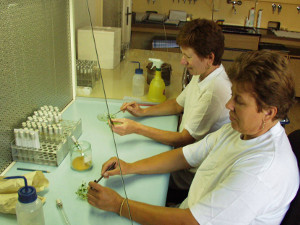

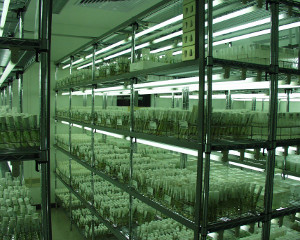
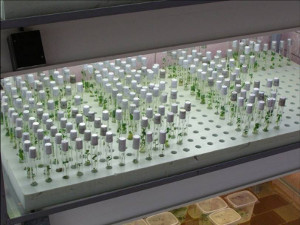
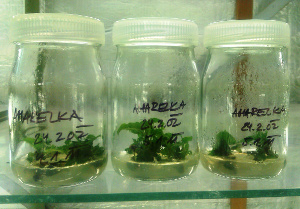
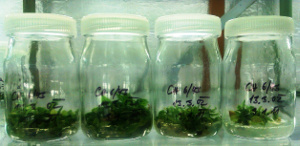
 Collection of Plant Pathogenic Viruses (VURV–V), CARC, v. v. i., Praha
Collection of Plant Pathogenic Viruses (VURV–V), CARC, v. v. i., Praha Collection of Ornamental Plant Viruses , (VÚKOZ, v. v. i., Průhonice)
Collection of Ornamental Plant Viruses , (VÚKOZ, v. v. i., Průhonice) Collection of Hop Pathogens, (ChI, s. r. o., Žatec)
Collection of Hop Pathogens, (ChI, s. r. o., Žatec) Collection of Phytopathogenic Microorganisms UPOC, (PřF UP v Olomouci)
Collection of Phytopathogenic Microorganisms UPOC, (PřF UP v Olomouci) Collection of Animal Pathogenic Microorganisms (CAPM),
Collection of Animal Pathogenic Microorganisms (CAPM), Collection of Potato Viruses (VIRUBRA),
Collection of Potato Viruses (VIRUBRA), Collection of Fruit Trees Viruses (CFVS),
Collection of Fruit Trees Viruses (CFVS),